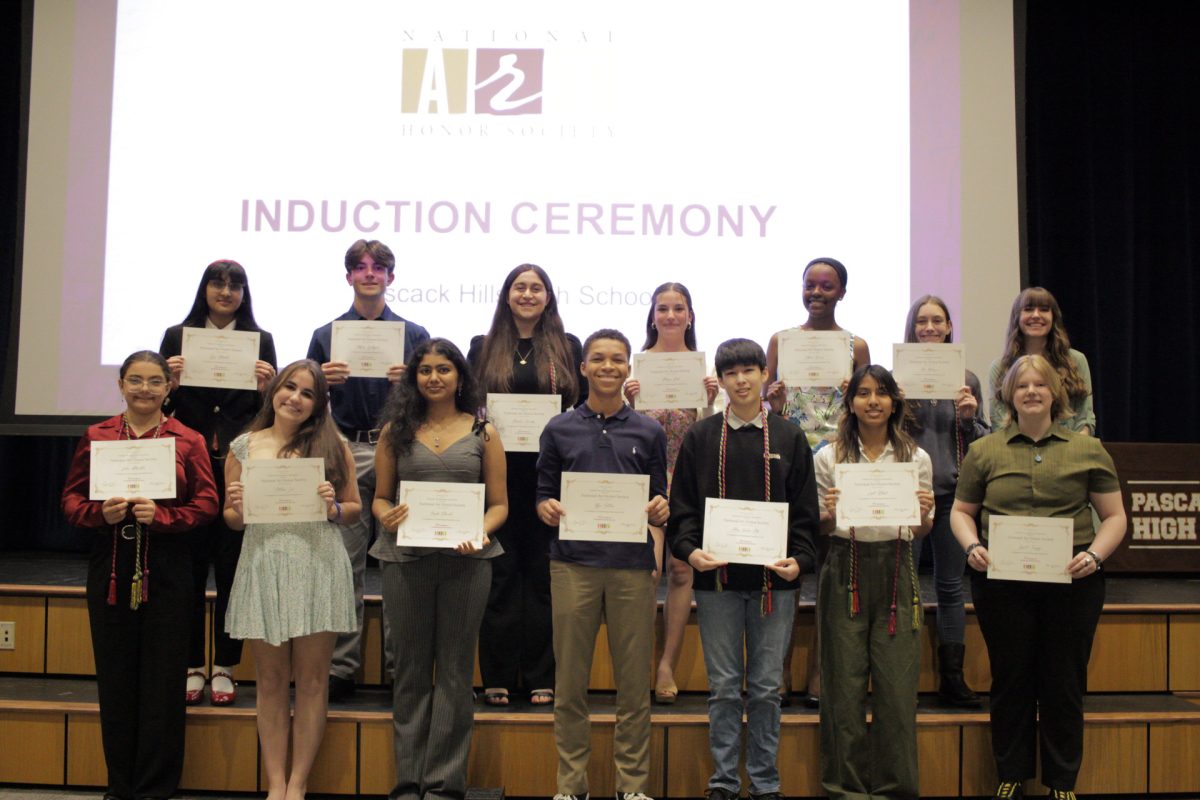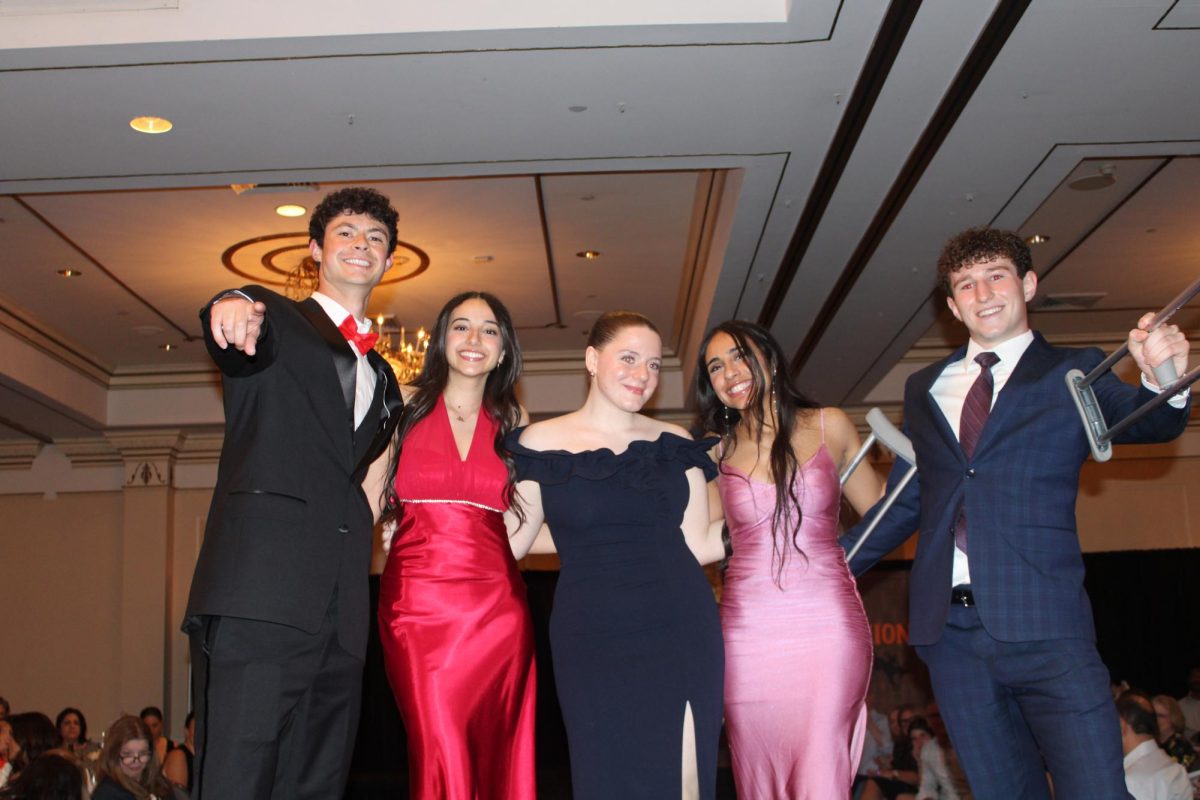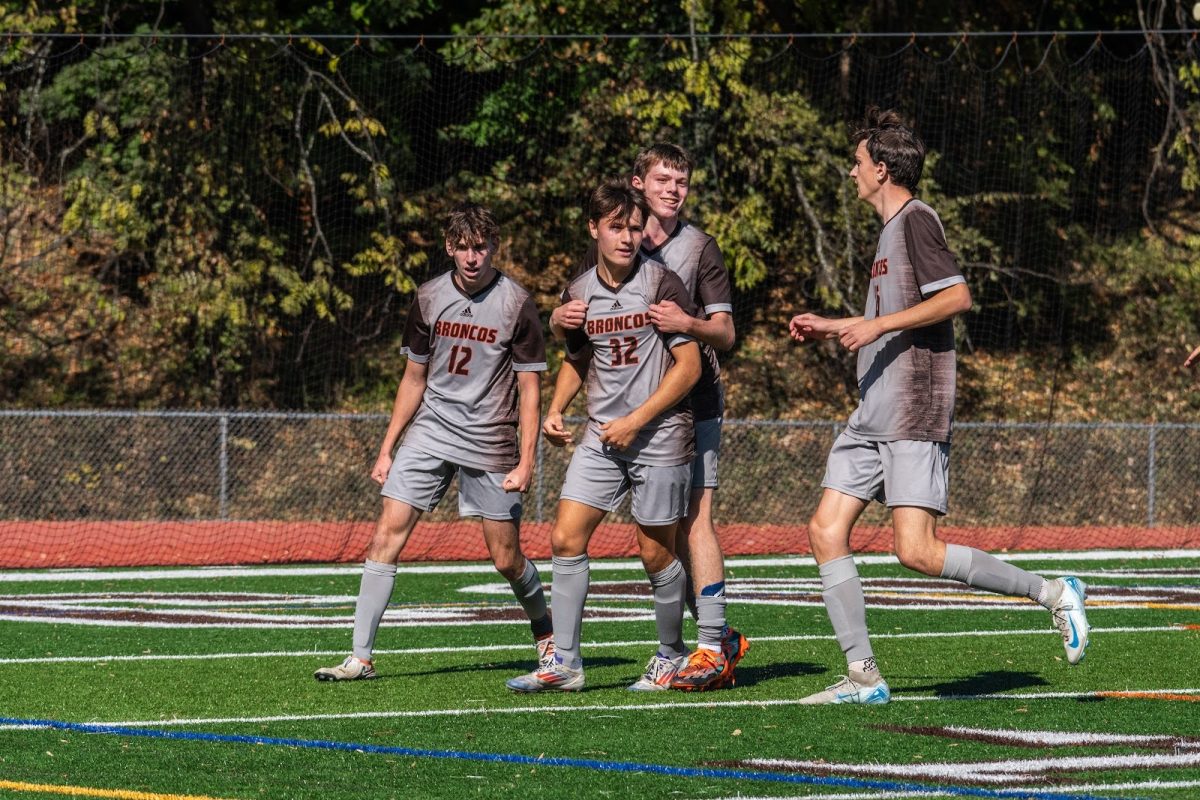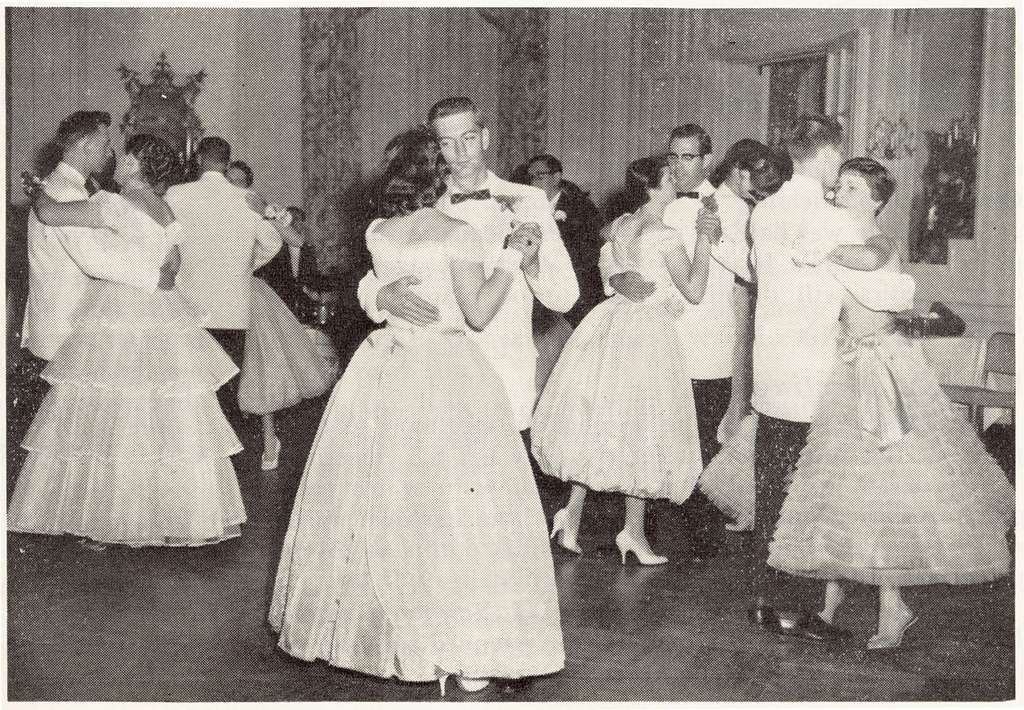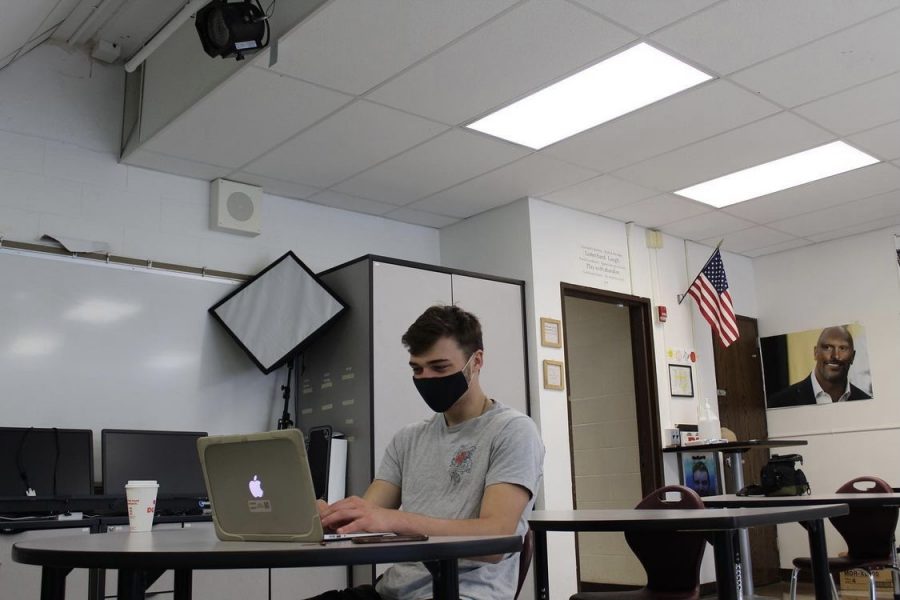Is it time to combine cohorts?
The decision is ultimately up to the district and the Covid-19 health guidance it receives, but that hasn’t impeded discussion among students and staff.
At Pascack Hills, there has been a growing debate this school year over whether or not the two cohorts of students should be taught synchronously. Currently, due to the pandemic, Hills students are divided by their last name into two cohorts; students have the choice of learning entirely from home, or attending school in-person every other school day.
While any decision to combine cohorts is ultimately up to district administrators and the health guidance they receive regarding Covid-19 levels, that hasn’t impeded discussion among students and staff about what it would mean academically.
The main debate: Is it better to consolidate lesson plans, simplifying everyone’s schedule; or to detach one half of the class from the other, distinguishing work based on the day?
On one side of the spectrum, the goal of a combined cohort class is achieving one, unified pace for both remote and in-person students. Thus, a teacher’s schedule, typically varying between different periods, classes, cohorts, and individual students, would be simplified.
On the other side, the burden of a combined-cohort class is a demanding, rigorous cycle for a student, no matter where they learn. If learning at home is the same as learning in a classroom, the workload is the same and a student can easily be overwhelmed.
A notable benefit of a synchronized class is having clarity. As Anabelle Joukadarian, a Hills freshman, stated, “Some classes tend to have more confusing assignments, so having those synchronized classes allows me to talk to teachers more, and understand the topic better.”
Often, asynchronous work leaves the student with unanswered questions and unclear instructions. For some students, if a new concept is being introduced, learning it independently is the least effective. Therefore, because synchronized Google Meets provide instant feedback and present guidance, learning is more fluent for many.
On the downside, other students find Google Meets to worsen their productivity.’
Marissa Roth, a Hills freshman, feels that “[w]hen joining a Google Meet on my non-cohort day, it’s hard to focus and understand the concept of the lesson.”
Each person has their own learning style, whether through lecture, note-taking, hands-on activity, or independent study. As a result, actively engaging in a lesson taught through a group call can be difficult. While some are more productive, others are counterproductive in Google Meets, impeding their grasp of what’s being taught as they fall victim to the lure of phone screens and notifications.
Going back to synchronized or combined-cohort classes, a teacher’s schedule can be significantly easier to follow.
When teachers alternate their cohorts, it is inevitable that mistakes will be made. Many students have experienced situations like this, where the teacher assumes they’ve learned something already, when it was actually the other cohort who did. So, combined cohorts would limit these instances of confusion.
Conversely, if cohorts are combined, there would become unspoken permission to assign heavier workloads. A teacher may unknowingly quicken the pace or assign further work if they see the same students every day. Despite the fact that students are present on a Google Meet every day, realistically, their workload capacity stays the same as if they weren’t.
Sammy Goldstein, a Hills freshman, explained that he “like[s] having asynchronous days since it allows me to catch up on work and better understand the concepts we went over the previous day, during the Google Meet.”
It is evident that eventually, many students, like Sammy, develop a steady rhythm that balances synchronous and asynchronous learning into their routine. In essence, not every student learns the same way.
Ms. Jane Yeam, a history teacher at Hills, is taking that into consideration. She uses a “hybrid” method of combined-cohort and asynchronous days. “I realize that for some, live streaming into class on both cohort days works better for their learning style, while other students prefer to have asynchronous days mixed into their course scheduling this year,” she explained.
She continued, “By implementing a hybrid of combined cohorts and asynchronous days, I am better able to achieve my curriculum goals as a teacher, while also being understanding of the needs and preferences my students have as well.”
As Yeam believes, a healthy mix between both-cohort and one-cohort workdays appears most ideal as this unusual, pandemic school year comes to a close.

Hills senior Julia Bang is looking forward to being on the Trailblazer for her final year. She joined the publication her freshman year as a staff writer and edited for the Life & Style and In-Depth sections in her sophomore and junior years, respectively. This year, Bang is excited to create content and manage stories alongside the entire editorial staff.
Fun fact: Bang is a "cafe enthusiast."








